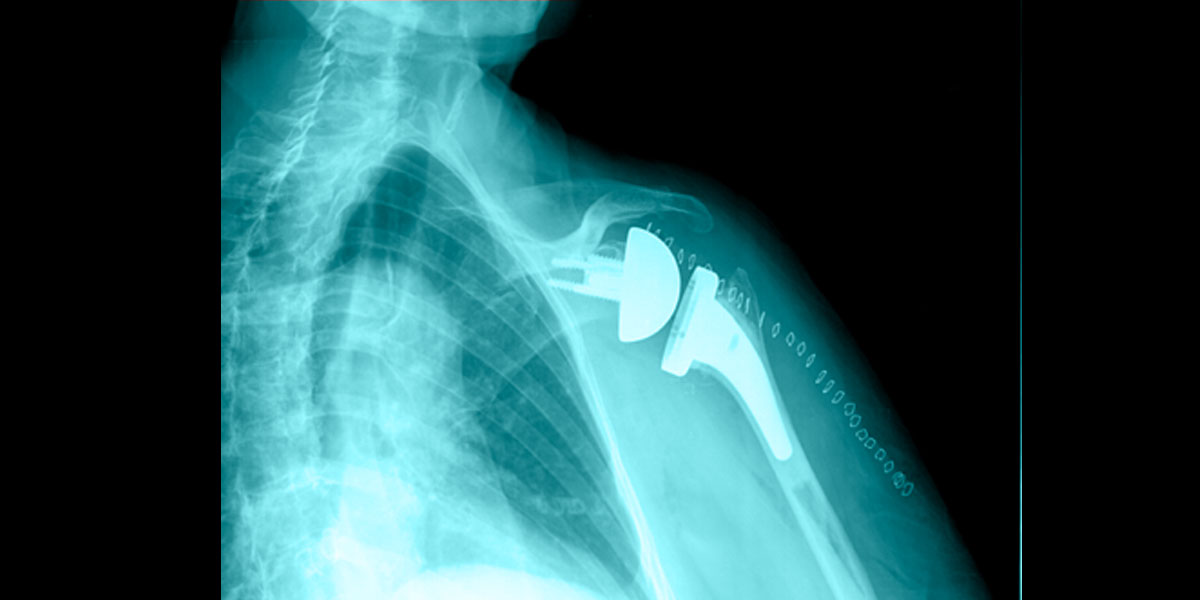Shoulder replacement surgery is indicated when a conservative treatment and rehabilitation plan have not given the expected benefits. Replacement surgery may be suggested depending on the level of shoulder pain and disability.
Osteoarthrosis
Osteoarthrosis usually presents in patients over 50, rarely before. Gradual thinning of the joint cartilage prevents it from doing its job as the joint’s “shock absorber”, so that with time the shoulder becomes less able to move and pain levels increase to the point that the patient can no longer perform daily activities and has trouble sleeping at night.
Rheumatoid arthritis of the shoulder
Rheumatoid arthritis is a rheumatoid disease involving chronic inflammation of the synovial membrane, which loses its functional ability, and in turn causes breakdown of the joint’s cartilage.
Post-traumatic arthrosis of the shoulder
Post-traumatic arthrosis presents after a shoulder injury in which the joint structures have been disrupted, leading to breakdown of the cartilage. Symptoms include severe pain in the shoulder and limited mobility.
Avascular necrosis of the shoulder
Avascular necrosis is associated with severe pain in the shoulder and is due to the loss of blood supply to the area, with consequent death of the bone cells in the humeral head. Avascular necrosis can also be caused by the chronic use of steroids, a shoulder fracture that has also injured the blood vessels supplying the humeral head, diseases of the blood or alcohol abuse. Avascular necrosis may also be the result of previous unsuccessful surgery. It is not infrequent to have patients present following surgical treatment that has led to an infection, or with a dislocated prosthetic implant, or severely worn-down cartilage. In these cases, secondary surgery is a must if the shoulder is to be restored.
Shoulder implants are of different types:
- Anatomic shoulder arthroplasty: a procedure to replace the humeral head, employed to treat arthritis of the glenohumeral joint.
- Total shoulder arthroplasty: also called total shoulder replacement, is performed to treat the glenohumeral joint by replacing the proximal segment of the humerus (the head) and the surface of the glenoid on the side of the scapula (shoulder blade).
- Reverse shoulder arthroplasty: performed to treat arthrosis of the glenohumeral joint associated with damaged or weak rotator cuff tendons.


